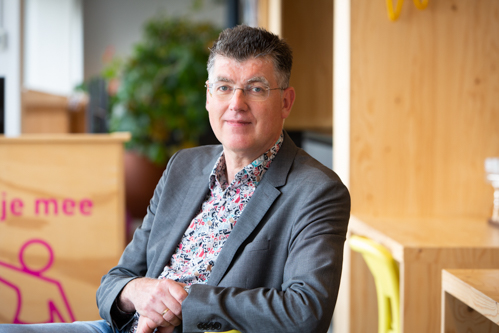A different learning environment for cultural education
Chapter 4 of the New Foundations for Cultural Education
Bijgewerkt op:
Gepubliceerd:
Art and culture are an integral part of any community. Knowledge and skills in this area are required in various ways for full participation in society. Therefore it is necessary for children and adolescents to develop well in this area. This means that all children and young people must have access to an adequate offer and adequate guidance in cultural education, both in the home situation, in the immediate vicinity, in childcare, and at school. In this chapter, chapter 5 of New Foundations for Cultural Education, we outline what we believe to be the ideal infrastructure for cultural education and its content.
In chapter 5 we discuss the steps required for cultural education for all children and young people.
Praat verder over dit onderwerp met deze expert(s):
 Bekijk alle experts
Bekijk alle experts

Ronald Kox (hij/hem/zijn)
Functie: Specialist Cultuureducatie
Expertise: curriculumontwikkeling
ronaldkox@lkca.nl
030 711 51 42
Reageer (je reactie verschijnt na goedkeuring, vanwege spam)